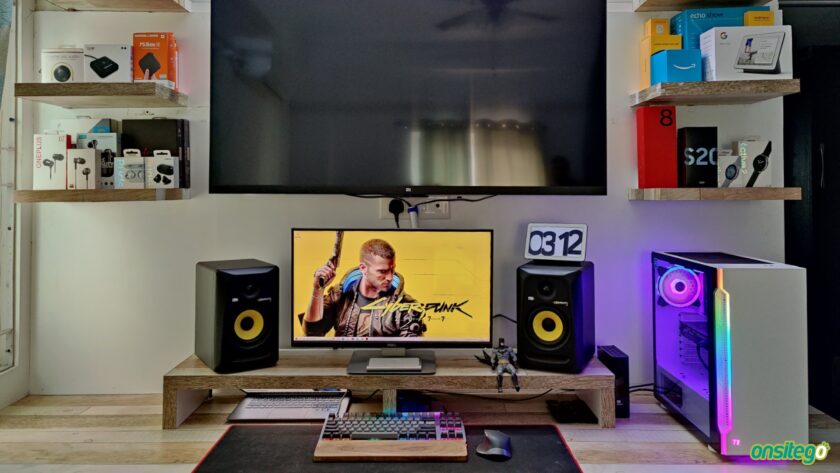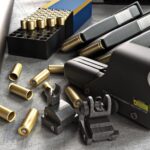There are multiple ways to ensure your small business is running efficiently, and one of the most cost-effective ones can be found in building and managing your own PCs. With the right PC kit and a little know-how, you’ll be able to curate computing hardware suited specifically to your needs—from optimizing hardware and software resources for workflow acceleration to reducing employee downtime due to computer issues to expanding data security protocols that can help keep your operations safe.
What is PC Building and Why is it Important for Small Businesses
PC building is the process of assembling a computer from various hardware components such as a motherboard, CPU, RAM, and storage devices. For small businesses, having a well-built PC is crucial for efficient and effective day-to-day operations. A computer customized to a small business’s specific needs can enhance productivity, speed up processes, and reduce downtime.
Custom-built PCs are also more cost-effective in the long run and provide the flexibility to upgrade individual components as needed. Moreover, a well-built PC can also improve the overall security of the business’s sensitive data. In today’s fast-paced business environment, investing in a high-quality, custom-built PC can provide a competitive edge for small businesses to thrive and grow.
What to Look Out For When Shopping for a PC Kit
When it comes to shopping for a PC kit, there are certain factors that you should keep in mind to ensure that you get the best value for your money.
Firstly, you should consider the specific needs and requirements of your system. What kind of tasks do you plan to use your PC for? Are you a gamer, a graphic designer, or simply looking for a general-purpose computer?
Secondly, you should consider the specifications of the PC kit. Check the processor, memory capacity, storage, and graphics card to ensure that they meet your requirements.
Lastly, you should consider the brand and manufacturer of the PC kit, as well as any warranties or customer support services that they offer.
By paying attention to these factors, you can make an informed decision and purchase a PC kit that matches your needs and provides optimal performance.
Step-by-Step Guide to Building Your Own PC
Building your own PC is a rewarding experience that allows you to customize and optimize your computer to fit your specific needs. By following a step-by-step guide, you can ensure that all components are installed correctly, resulting in a PC that performs at its best.
The process begins with selecting the right components, including a CPU, GPU, motherboard, RAM, storage, and power supply. From there, you will need to assemble and connect the parts using various tools and cables.
While the process may seem daunting, with patience and attention to detail, you can build a high-performing PC that meets your needs and budget. Plus, you’ll have the satisfaction of knowing that you built it yourself.
Tips on Maintaining and Upgrading Your Computer
If you rely heavily on your computer for work or personal use, it’s essential to maintain and upgrade it regularly. The last thing you want is for your computer to crash in the middle of an important project or lose critical files due to a lack of maintenance.
Regularly cleaning out files and programs you no longer need, updating your operating system and software, and backing up your data are essential to keeping your computer running smoothly.
Additionally, upgrading components such as RAM or storage can keep your computer up to date with current technology and improve its overall performance. Taking care of your computer can save you time, money, and countless headaches down the road.
Pros and Cons of Building an In-House PC vs Buying One Pre-Assembled
As technology continues to evolve at an incredibly rapid pace, the decision to build an in-house PC or purchase one pre-assembled is becoming increasingly complicated. While building your own computer allows for customization and cost savings, it also requires a higher level of technical expertise and time investment.
On the other hand, purchasing a pre-built system offers convenience and support, but at a higher price point and with less flexibility. Ultimately, the decision comes down to personal preference and needs. For those who value customization and have the technical know-how, building an in-house PC may be the better option.
However, for those who prioritize convenience and support, purchasing a pre-assembled system may be the way to go. It is important to weigh the pros and cons carefully before making such a decision.
Building a PC may seem daunting, but it’s actually a rewarding and manageable project. If you’re considering starting your own small business, having an in-house PC can be beneficial since it allows for custom compilations that can be tailored to the needs of your business. By utilizing the tips we have discussed, building a computer can be done with confidence.




